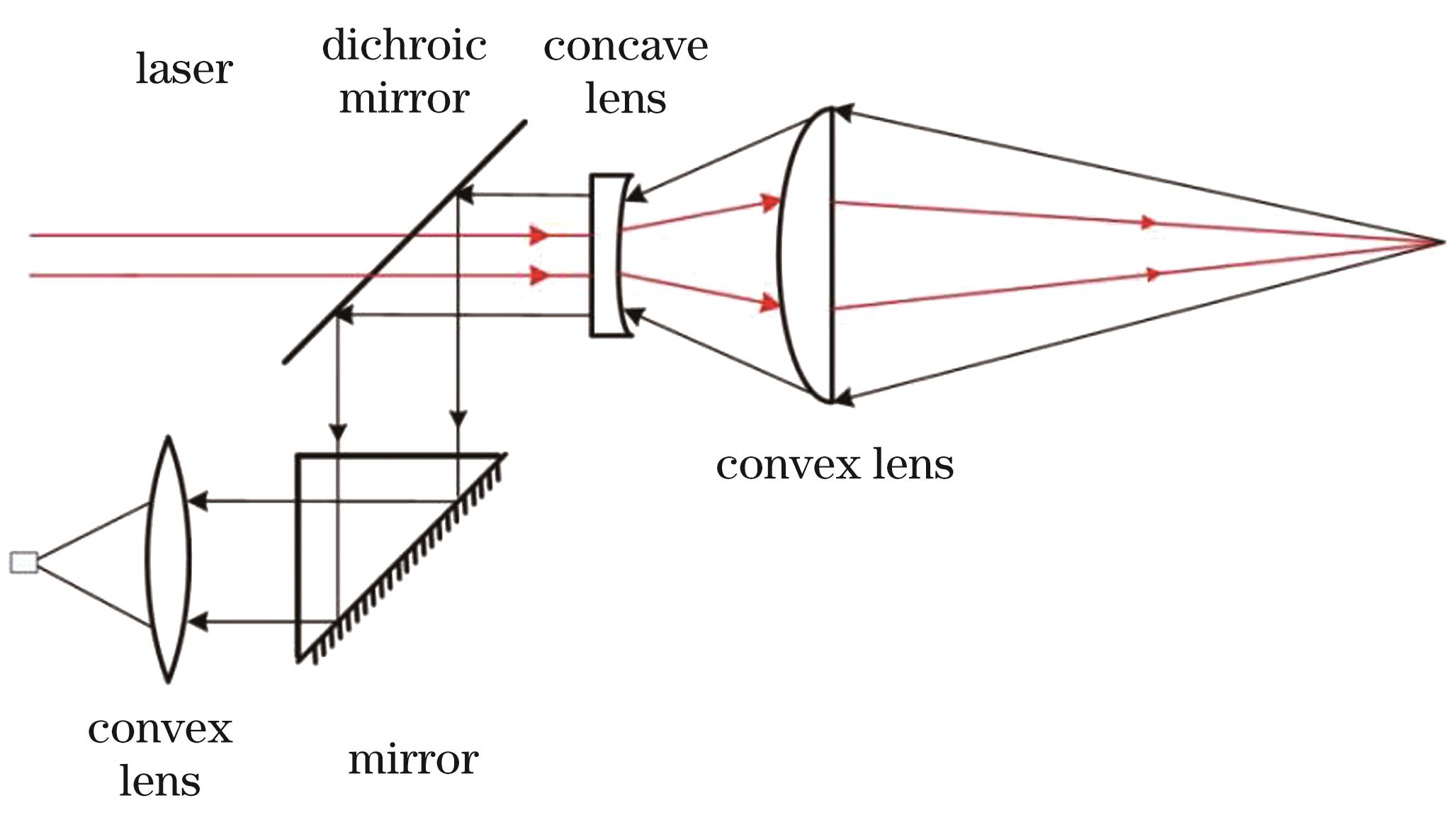[6] Guo X Y, Wu J, Shi M X et al. Quantitative measurement of uranium in ore using fiber-optic laser-induced breakdown spectroscopy and multivariate calibration[J]. Chinese Journal of Lasers, 51, 0811001(2024).
[7] Chen S H, Liu L, Deng Z W et al. Detection of tantalum-niobium ores using double-pulse laser-induced breakdown spectroscopy based on a single laser[J]. Laser & Optoelectronics Progress, 60, 1330001(2023).
[8] Li C H, Yan R X, Xin Y J et al. Rock identification using libs technique combined with AFSA-SVM algorithm[J]. Laser & Optoelectronics Progress, 60, 0930002(2023).
[20] Han Z Y, Pan C Y, An N et al. The auto-focusing remote laser-induced breakdown spectroscopy system[J]. Spectroscopy and Spectral Analysis, 35, 304-308(2015).




